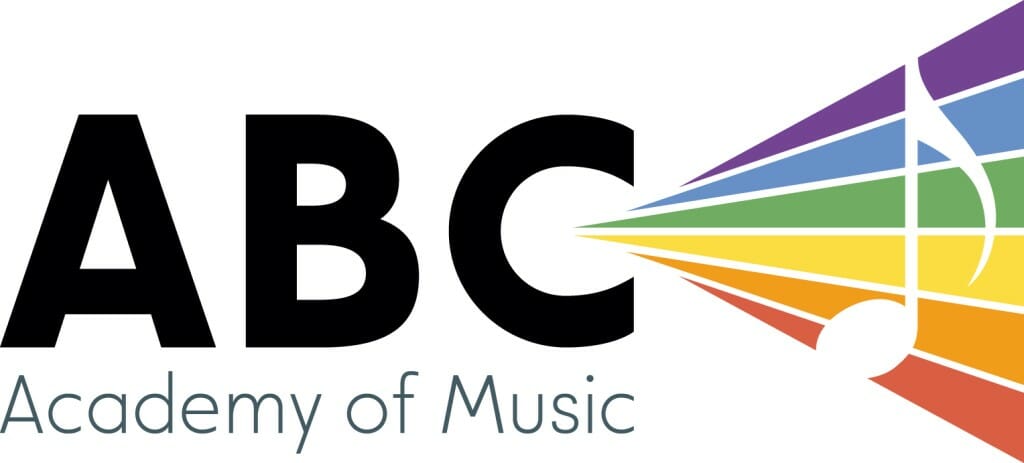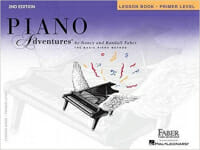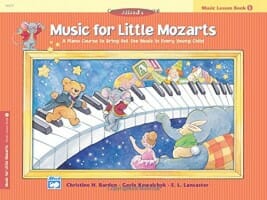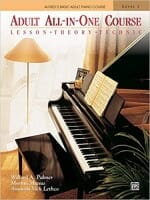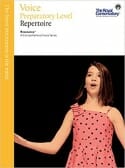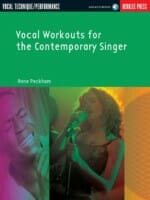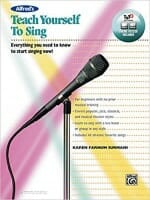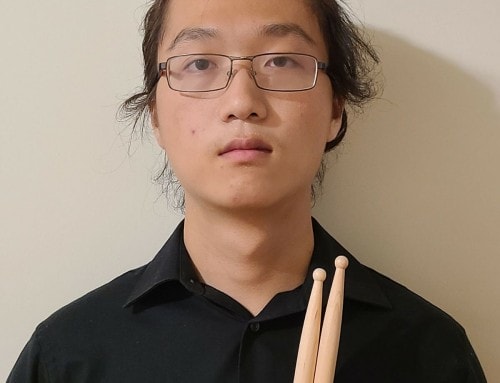Bachelor of Fine Arts (York University)
Katie Thurman is a singer, pianist, accompanist, and teacher based in Toronto. Her passion for music has been with her since childhood, and she is excited to have recently completed her undergraduate degree in music at York University.
Trained classically in piano, she continues to explore other styles including pop and jazz, as well as write her own compositions. Her vocal training is in both classical and musical theatre styles, as well as lengthy choral experience both in and out of school.
Katie spent 6 years singing with WIBI A Cappella, a collegiate-based group, during her time at York, and is proud to have competed with them twice in the ICCA (the very competition the Pitch Perfect films were based on!). Currently, she sings with the Toronto-based That Choir.
Katie loves all types of music, but spends most of her time listening to pop, indie, and alt-pop records.
Katie also writes her own songs and is working towards putting together an EP. Aside from music, Katie’s other passions include baking, film, and psychology. She loves teaching and is always pushing herself to grow pedagogically and musically!
Get to know Katie…Beyond the Bio!
Hobbies: baking, watching movies/TV, writing, yoga, hiking
Musical influences: Classical: Natalie Dessay, Maria Callas/Pop: Arcade Fire, Lana Del Rey, BANKS, Florence & the Machine, Rhye
Favourite food: Pasta
Least favourite food: Seafood
Favourite music: pop & alt-pop, indie/folk, dance, and all things Celtic
Favourite song: currently “Favourite Boy” by Half Moon Run
Favourite movie: Eighth Grade
Favourite movie music: A Single Man, music composed by Abel Korzeniowski?
Favourite musical theatre/opera: Les Misérables
Best quote from your teacher: Vocal teacher: “Just go for it! We want to hear ‘Katie-and-a-half'”.
Favourite quote: Motivation comes from work
Favourite book: The Handmaid’s Tale
Best thing about teaching at ABC: I like sharing my knowledge with students, and I learn from them too!
Latest Homework from Katie
Is Katie Your Teacher?
Sign up now to get your weekly assignments delivered, and never lose your homework sheet again!
Assignments for the Week of March 29th, 2025
Shakira
Skating Waltz – Hands separate focus before putting hands together
- Making sure LH melody is confident on it’s own – measures 1-4 same as measure 5-8, then fingers 1 and 2 wandering down B-Bflat-A-Aflat-G
- RH chords shifting – measures 1-2 on E and G (fingers 1 and 3), measures 3-4 on F and G (fingers 2 and 3
- RH changing positions measure 11 (finger 1 on C and 4 on F)
Bartok Exercises – Reading through exercises #1-5 hands separately and together, saying note names out loud
Clara
Technical Exercises – D and A Major 1 octave scales – hands separately and hands together (trying slowly)
- Practicing as solid groups of fingerings and stepping through (legato and staccato)
- RH fingering groups of 3 and 5, LH fingering groups of 5 and 3 – Make sure you know where your sharps are in your hand position!
- D Major – 2 sharps (F#, C#)
- A Major – 3 sharps (F#, C#, G#)
Bartok Exercises – Working through #7-8, trying hands separately saying note names out loud
- Checking starting note (space notes – Bass Clef: All, Cows, Eat, Grass – Treble Clef: FACE in the Space)
- Checking starting finger number – is it the bottom finger of your hand position? The top? Somewhere in the middle?
Trampoline – Thinking about our time signature as we play through, our RH beat 3 leads to LH beat 1!
- Nice strong accents in our LH chords
- Making sure LH chord changes are comfortable – practicing going back and forth between them
- RH jumps at the end – make sure we don’t return to our beginning hand position! Staying high at the top of Treble clef for our larger chords in our last line.
Bluebottle – New piece! Finding starting hand positions and looking through for patterns. Notice how our RH and LH work with each other.
- Keeping an eye out for rests in both of our hands! Working through first only hands separately and noticing what exact beats we have rests on. Try playing through hands separately and breathing in on rests so we notice them on purpose, then try playing hands separately and just counting out loud.
- Once fully comfortable hands separately, try fitting hands together in small groups of measures – counting out loud will help us keep track of all of our rests.
Hakim
Technical Exercises – Continuing with A Major
- 1 octave scale hands together and separately, practicing as solid groups of fingerings (Rh 3 and 5, LH 5 and 3) and stepping through. Trying legato and staccato
- 1 octave triads, solid and broken – blocking out solid chords first, watch out for only using our Chord notes:
- A, C# and E (no accidental F’s!)
- Make sure you are using the same fingerings in solid and broken triads. Always using fingers 1 and 5 for outside notes, using finger 3 on every chord except for RH first inversion (C#-1, E-2, A-5) and LH second inversion (E-5, A-2, C#1)
Bartok Exercises – Reading through #6 and 7 – be prepared to play through both of them hands together while saying all note names out loud!
- Double checking and writing in starting notes for both exercises, noticing marked finger numbers
Satie – Gymnopedie #1 – Printing off for this week, only practicing hands separately for now.
- LH practice as our main focus – breaking apart into our Bass Line and Inner Chords before fully playing
- Make sure LH finger 5 can play through our Bass Line at least to the end of page 1 – writing in any low notes below bass clef that we aren’t sure of so we aren’t guessing.
- Practice moving between Middle Chords without leaping down to our Bass line. Once your hand is comfortable finding these chords, try moving back and forth between Bass line notes and Middle Chords (first by looking ahead and watching your hands, then with your eyes closed when you are feeling confident)
- RH – Working through our first page only, not hands together at all yet
- Our hand position shifts a lot, so we want to make sure we are using the same fingerings each time so we don’t get confused.
- Write in any notes you are unsure of at the moment so you can confidently try playing through, write in fingerings that feel comfortable when you are playing- we will go over these together next week.
Preferred Books for Katie’s Students
Click to buy them here, and they’ll come right to your house! What could be easier?
Faber & Faber Piano Adventures
The 2nd Edition Primer Lesson Book introduces the keyboard, note values, and the grand staff. Students play in C 5-finger scale patterns, develop recognition of steps and skips, and learn letter names independent of finger number. Musicianship is built through the use of dynamics and coloristic experimentation with the pedal. The book is organized into units which represent the major concepts and skills. As new units are introduced, earlier concepts and skills are constantly reviewed.
Alfred's Adult Basic All-In-One
Alfred’s Basic Adult All-in-One Course is designed for use with a piano instructor for the beginning student looking for a truly complete piano course. It is a greatly expanded version of Alfred’s Basic Adult Piano Course that will include lesson, theory, and technique in a convenient, “all-in-one” format. This comprehensive course adds such features as isometric hand exercises, finger strengthening drills, and written assignments that reinforce each lesson’s concepts. There is a smooth, logical progression between each lesson, a thorough explanation of chord theory and playing styles, and outstanding extra songs, including folk, classical, and contemporary selections.
RCM Voice Repertoire
A Comprehensive Voice Series serves as the official resource for voice assessments of the Royal Conservatory Music Development Program. Featuring an outstanding selection of voice literature and supporting materials, this series offers a truly enriched learning experience to help ensure student success. As in previous editions, Resonance encompasses a rich and varied selection of Repertoire, Vocalises and Recitatives that students of all ages and voice types will find appropriate to their musical interests and level of technical ability.
Vocal Workouts for the Contemporary Singer
The vocal workouts in this much-anticipated follow-up to Peckham’s The Contemporary Singer are based on Berklee College of Music’s highly effective vocal method. This volume will help vocalists develop the voice through good vocal health, warm-up exercises, advanced techniques, stage performance advice and more. Includes companion online audio for ultimate interactive education!
Alfred's Teach Yourself to Sing
Learn to sing and open up a brand new world of musical knowledge with this exciting method from Alfred Music. Beginning with the fundamentals, you will learn about equipment used by singers, vocal health, and getting acquainted with reading music. You will then move right along to breathing, vocalizing, proper warm-ups, and singing songs, lesson by lesson, all while continuing to increase your knowledge of reading and understanding music. You will learn to sing an array of musical styles including pop, jazz, classical, and musical theater. Near the end of the book, you will be introduced to the idea of individual interpretation, which will help you color your songs with your own unique style. The book features a chord and scale chart for reference during and after your lessons.
